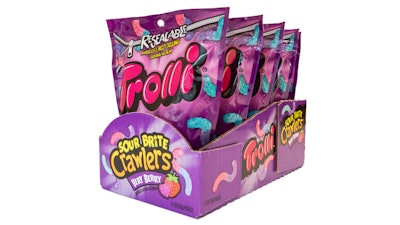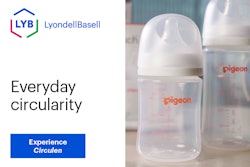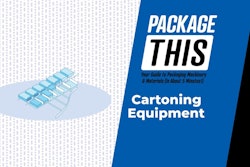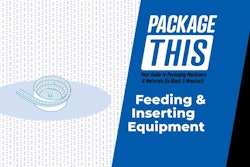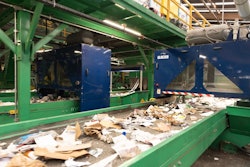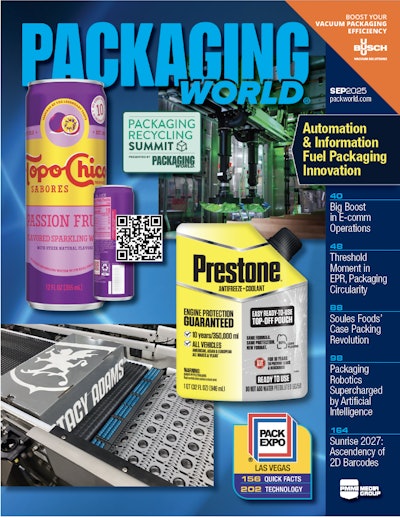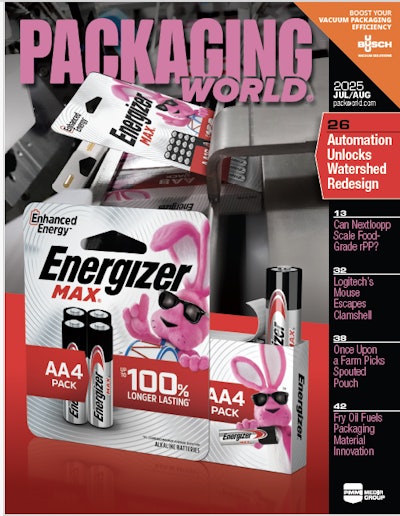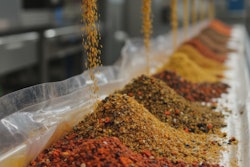Smithers latest market report, “The Future of Retail-Ready Packaging to 2024,” forecasts that the global retail-ready packaging (RRP) market value will increase from $60 billion in 2019 to over $77 billion by 2024, with a CAGR of 5.2%.
RRP continues to evolve, notes the report. Having begun with simple shrink-wrapped corrugated trays, it has expanded to include increasingly sophisticated concepts and designs to engage consumers on the shop floor. Demographics and the expansion of Western-style retailing into new countries will drive much of the growth in this segment; as will the evolution of convenience and discount format stores.
Some of the key drivers for the global RRP industry include:
- Retail trends: The advantages of retail or shelf-ready formats remain fundamentally the same for both retailer and brand owner, but new technologies will entrench these further across the forecast period.
- Convenience and discount model stores: C-stores and discount supermarket chains are increasingly popular in more developed economies. Their basic layouts and typically lower staffing levels are stimulating the consumption of RRP, although in some instances in less sophisticated forms.
- Interactivity: RRP plays an important role in establishing and enhancing a brand’s image and message, creating an opportunity for the brand owner to interact with their consumer, both visually and technologically. Innovation in digital print and finishing systems are now offering options for tailoring content to specific events, store locations, or customer preferences.
- Standardization of shelving and pack formats: The efficiency of RRP systems is enhanced by the adoption of standardized pack sizes, which require less time on machinery setup and fewer die-cut variants, and that ultimately improve efficiencies for retail store employees.
- RRP driving flexible packaging adoption: In move away from designs that use peg bars to hang pouches, major retailers are encouraging the use of flexible packs in RRP to minimize labor costs.
